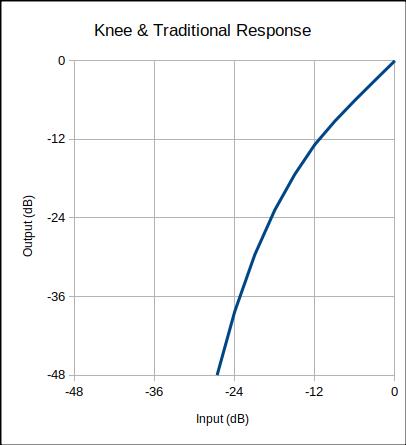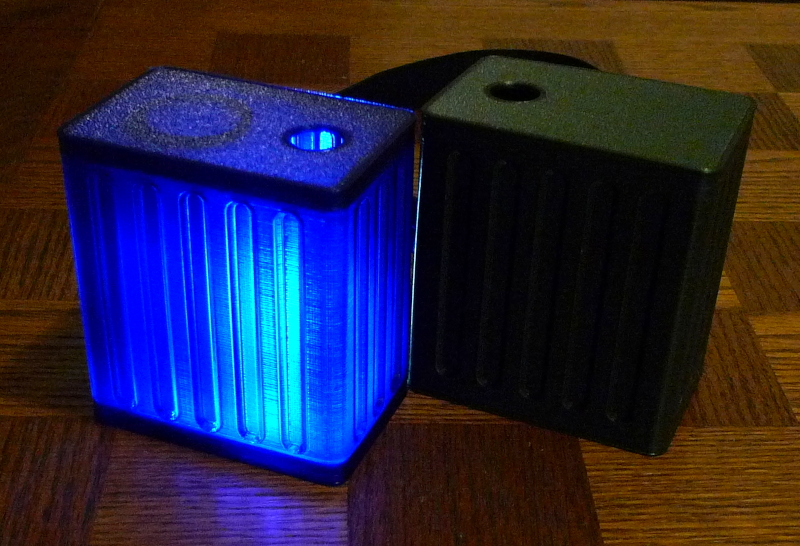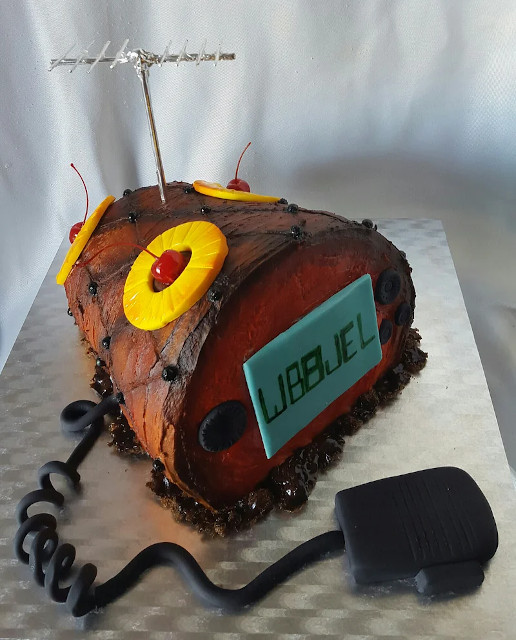"Tradition is a guide and not a jailer." - W. Somerset Maugham
I've caved to some degree and implemented something Roger asked for long ago: a variable strength non-linear volume response. I believe he mainly wanted it because it's not super clear as to how to achieve this seemingly simple thing (it comes free with any analog Theremin!) with all of the interacting knobs associated with the response of the volume field. Even now with a fairly complete manual it isn't all that clear, and I'm often at a loss when trying to dispense settings advice to those who play the volume field traditionally (though doing this remotely doesn't help either).
For one thing I don't play this way, closer=louder doesn't need it at all, the knee (linear gain break) is entirely sufficient, and making things non-linear beyond this is counter-productive IMO. Two regions that are linear but with different constant gain I can handle and actually enjoy, but having the gain a variable of position is too much for me to think about and control. Traditional folks are used to a loop, where the hand can actually go through the antenna, making for an exceedingly non-linear scenario, and this on top of the standard analog near-field squirreliness. Some play considerably above the loop but that doesn't seem to be the norm. And there are antenna height positioning issues.
Traditional volume control rather demands a loop, if bringing your hand near doesn't completely silence the thing you can always stick your hand in the middle. But even a loop may be no guarantee of silence (witness the Cvox issues lately). Closer=louder has no such issues, if I need more silence there's plenty of room above the plate to raise my hand higher - the sky is literally the limit. And the loudest point - 0dB - is exceedingly well defined so it can be precisely placed a fixed and comfortable distance above the plate. Ah well.

Above is what I've got running on the lab unit. A simple 4th order polynomial is used to bend the volume response down towards silence, with the strength controlled via multiplication by an exponential parameter with nominal 48dB range. Since the "Trad" knob on the V_FIELD page already swaps volume sense, I thought it would be good to make it go higher than [0:1] - to make things "more traditional" (as it were) the higher it is twisted. So the range is now [0:31] with the graph showing Trad[16] response, a roughly 2:1 compression of hand movement to volume change over the audible range.
This of course interacts with the knee, so I've made the non-linearity come before knee and envelope processing, in parallel with velocity processing. It should be a basic factor in the volume field setup procedure, expanding the silent region immediately above the plate sans knee.
How does it "feel" and "sound"? I can tell that it's operating like the graph, but that's about as far as my limited traditional playing experience can currently take me (with no plans to add to that experience). So I guess I need someone to wise to the ways of analog to guide me here.
[EDIT] Some newish audio clips:
https://d-lev.com/audio/2021-12-27_white_xmas.mp3
https://d-lev.com/audio/2021-12-27_shes_gonna_blow.mp3
[EDIT2] I guess I shouldn't be so harshly judgemental about these things. I've generalized the axis processing to enable reversal of the fields via the Sens knobs, leaving Trad free to function in both traditional and non-traditional modes. So it's renamed Curv, and I think there is perhaps something to be gained by having some non-linearity in the response, even if playing the volume field non-traditionally. The goal for me personally is to keep hand movements to a controllable minimum and expressiveness to a maximum. And farther=louder benefits from silence being less influenced by body C.




